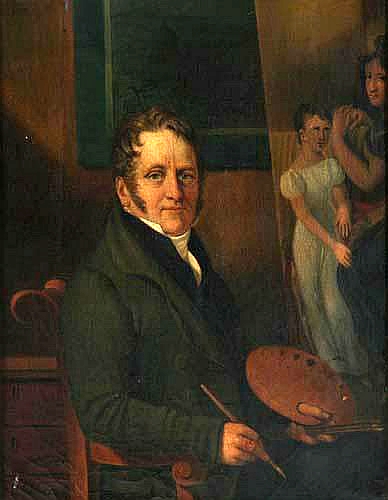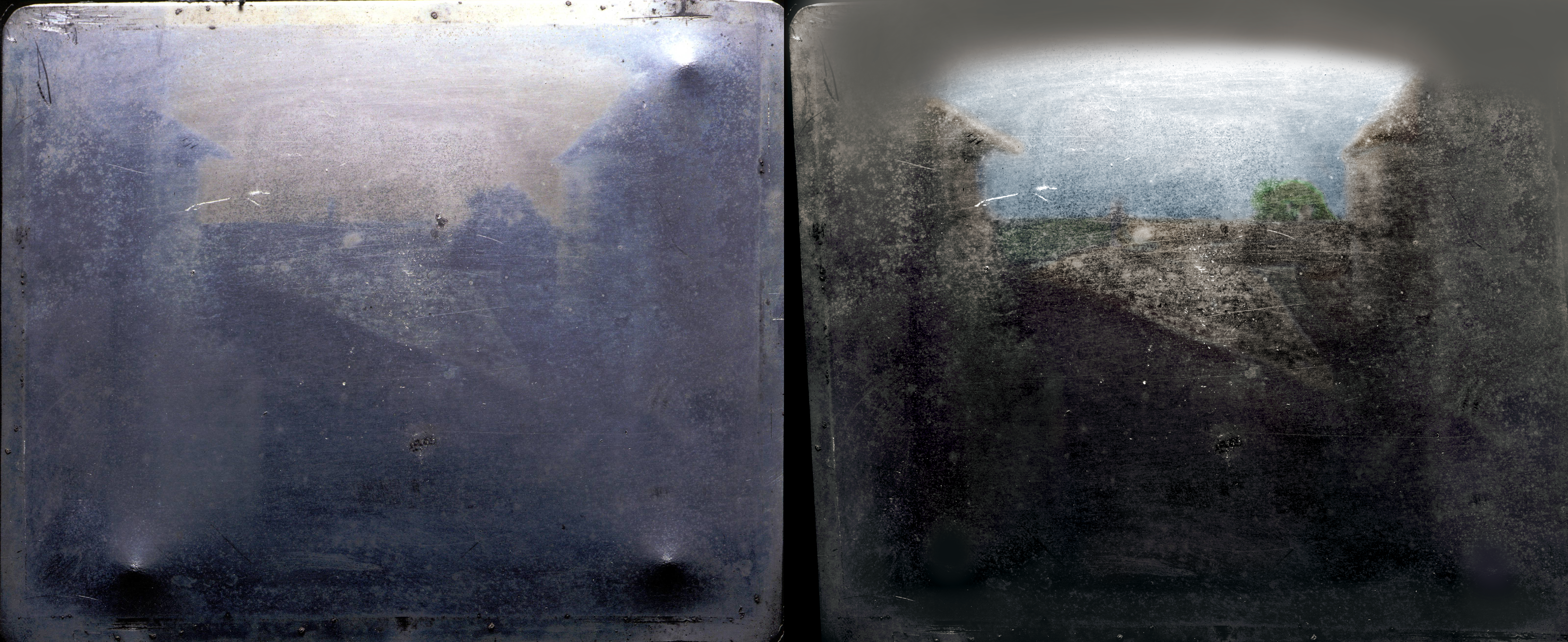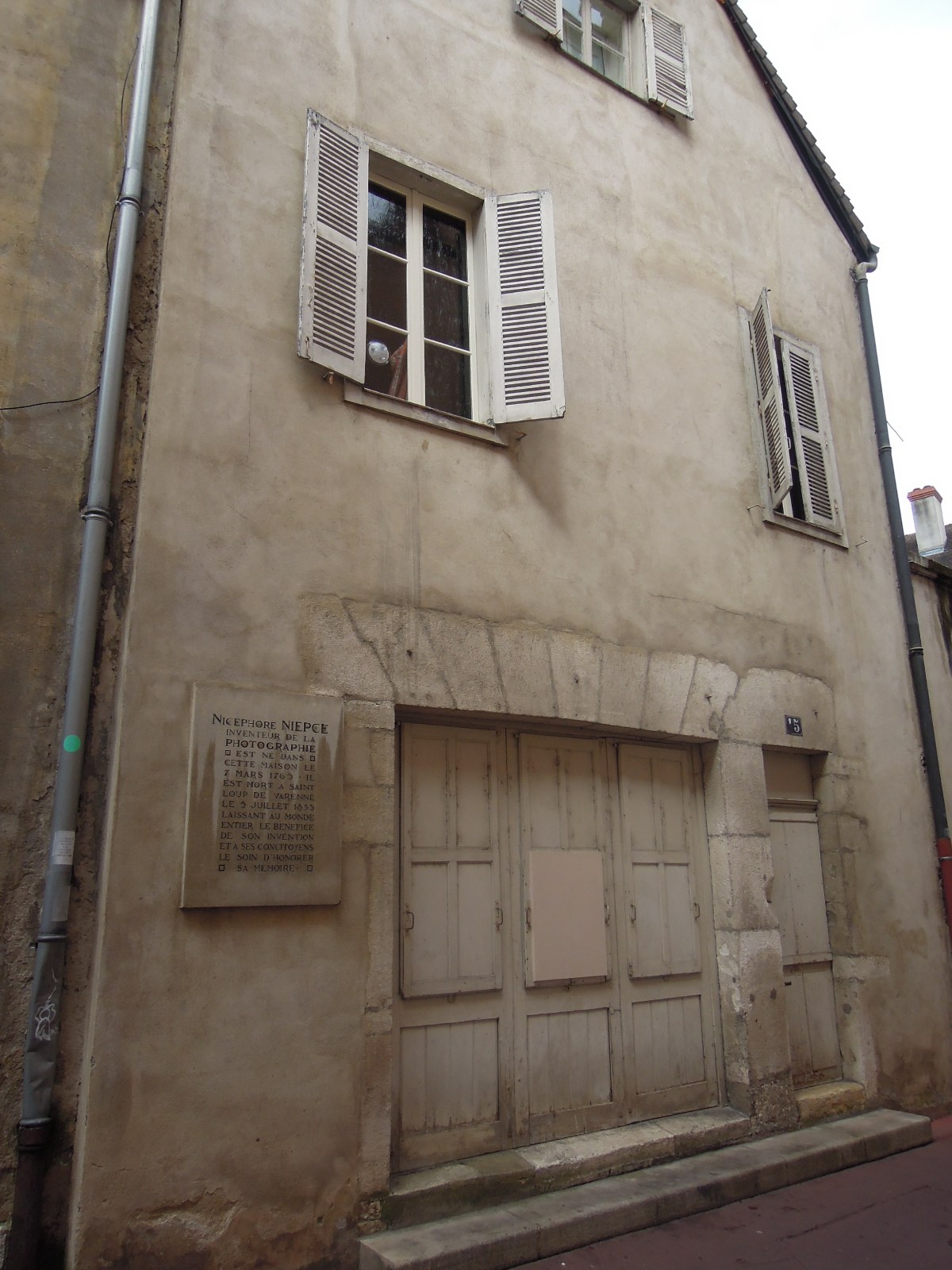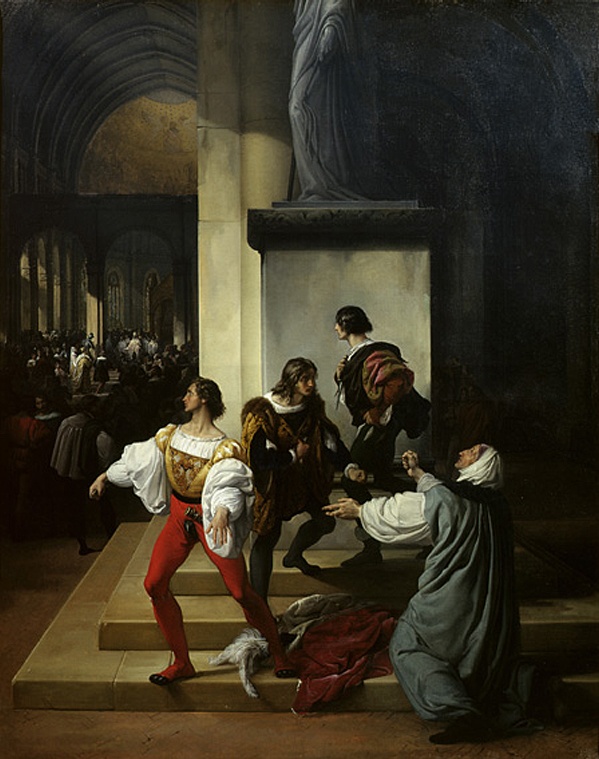|
1826 In Art
Events in the year 1826 in Art. Events * December 25 – Opening of the Military Gallery of the Winter Palace, containing 332 portraits of generals who took part in the Patriotic War of 1812, painted by George Dawe and his Russian assistants Alexander Polyakov and Wilhelm August Golicke. * Samuel Palmer moves to Shoreham, Kent, where he stays for the next decade. Works * Thomas Cole – ''Sunrise in the Catskill Mountains'' * John Constable – '' The Cornfield'' * Jean-Baptiste-Camille Corot – '' The Bridge at Narni'' * Eugène Delacroix – **'' The Execution of the Doge Marino Faliero'' (completed) **''Greece on the Ruins of Missolonghi'' * William Etty – The Judgement of Paris' * Francesco Hayez - '' Lampugnani's Conspiracy'' * Orest Kiprensky ** '' Portrait of Prince N. P. Trubetzkoy'' ** '' Portrait of O. A. Ryumina'' * Nicéphore Niépce – ''View from the Window at Le Gras'', the first permanent photograph of a natural subject * James Northcote – '':File:Ira Ald ... [...More Info...] [...Related Items...] OR: [Wikipedia] [Google] [Baidu] |
December 25
Events Pre-1600 * 36 – Forces of Emperor Guangwu of the Eastern Han, under the command of Wu Han, conquer the separatist Chengjia empire, reuniting China. * 274 – A temple to Sol Invictus is dedicated in Rome by Emperor Aurelian. * 333 – Roman Emperor Constantine the Great elevates his youngest son Constans to the rank of ''Caesar''. * 336 – First documentary sign of Christmas celebration in Rome. * 350 – Vetranio meets Constantius II at Naissus (Serbia) and is forced to abdicate his imperial title. Constantius allows him to live as a private citizen on a state pension. * 508 – Clovis I, king of the Franks, is baptized into the Catholic faith at Reims, by Saint Remigius. * 597 – Augustine of Canterbury and his fellow-labourers baptise in Kent more than 10,000 Anglo-Saxons. * 800 – The coronation of Charlemagne as Holy Roman Emperor, in Rome. * 820 – Eastern Emperor Leo V is murdered in a church of the Great Palace ... [...More Info...] [...Related Items...] OR: [Wikipedia] [Google] [Baidu] |
The Execution Of The Doge Marino Faliero
''The Execution of the Doge Marino Faliero'' is an oil painting on canvas of 1826 by the French Romantic artist Eugène Delacroix, inspired by the 1821 play ''Marino Faliero, Doge of Venice'' by Lord Byron, which in turn was based upon events in the life of the Venetian Doge Marino Faliero (1274–1355). Today the work is part of the Wallace Collection in London; as of 2021 it is listed as "not on display". Description The painting depicts the immediate aftermath of the beheading of Faliero, which had taken place on the Scala dei Giganti (Giant's Staircase) of the Doge's Palace. The staircase, where Marino was also inaugurated as doge, is located within the interior of the building rather than facing out into St Mark's Square. While Faliero's now headless body lies at the bottom of the escarpment clad in white after his having been stripped of his ducal vestments, members of the Council of Ten and other Venetian aristocrats in fine, brightly coloured garments are gathered atop i ... [...More Info...] [...Related Items...] OR: [Wikipedia] [Google] [Baidu] |
Joseph Denis Odevaere
Joseph Denis Odevaere, or Joseph-Désiré Odevaere (2 December 1775, in Bruges – 26 February 1830, in Brussels), was a Neo-Classical painter from the Southern Netherlands (now Belgium). He served as court painter to King William I. Biography His first art lessons came at the , where he studied with . He then moved to Paris, continuing his studies with Joseph-Benoît Suvée and Jacques-Louis David. In 1804, he was awarded the Prix de Rome for his painting ''The Death of Phocion''. This earned him his first commissions, which he spent a year fulfilling prior to his departure. He then spent eight years at several locations in Italy, copying the old masters and taking particular inspiration from Raphael. While there, he was one of a large group of artists chosen to provide decorations for Napoleon's visit at the Palazzo del Quirinale although, as it turned out, he never produced more than sketches. After that, he spent some time in Paris and received a Gold Medal from Napoleon. Wh ... [...More Info...] [...Related Items...] OR: [Wikipedia] [Google] [Baidu] |
James Northcote
James Northcote (22 October 1746, in Plymouth – 13 July 1831, in London) was a British painter. Life and work Northcote was born in Plymouth, and was apprenticed to his father, Samuel Northcote, a watchmaker. In his spare time, he drew and painted. In 1769 he left his father's work and set up as a portrait painter. Four years later he went to London and was admitted as a pupil into the studio and house of Sir Joshua Reynolds. At the same time he attended the Royal Academy schools. In 1775 he left Reynolds' studio, and about two years later, having made some money by portrait painting back in Devon, he went to study in Italy. On his return to England, three years later, he revisited his native county, then settled in London, where John Opie and Henry Fuseli were his rivals. He was elected associate of the Academy in 1786, and full academician in the following spring. The ''Young Princes Murdered in the Tower'', his first important work on a historical subject, dates from 17 ... [...More Info...] [...Related Items...] OR: [Wikipedia] [Google] [Baidu] |
Photograph
A photograph (also known as a photo, image, or picture) is an image created by light falling on a photosensitive surface, usually photographic film or an electronic image sensor, such as a CCD or a CMOS chip. Most photographs are now created using a smartphone/camera, which uses a lens to focus the scene's visible wavelengths of light into a reproduction of what the human eye would see. The process and practice of creating such images is called photography. Etymology The word ''photograph'' was coined in 1839 by Sir John Herschel and is based on the Greek φῶς (''phos''), meaning "light," and γραφή (''graphê''), meaning "drawing, writing," together meaning "drawing with light." History The first permanent photograph, a contact-exposed copy of an engraving, was made in 1822 using the bitumen-based "heliography" process developed by Nicéphore Niépce. The first photographs of a real-world scene, made using a camera obscura, followed a few years later at Le Gras, ... [...More Info...] [...Related Items...] OR: [Wikipedia] [Google] [Baidu] |
View From The Window At Le Gras
''View from the Window at Le Gras'' is a heliographic image and the oldest surviving camera photograph. It was created by French inventor Nicéphore Niépce in 1827 in Saint-Loup-de-Varennes, France, and shows parts of the buildings and surrounding countryside of his estate, '' Le Gras'', as seen from a high window. Creation Niépce captured the scene with a camera obscura projected onto a pewter plate thinly coated with bitumen of Judea, a naturally occurring asphalt. The bitumen hardened in the brightly lit areas, but in the dimly lit areas it remained soluble and could be washed away with a mixture of oil of lavender and white petroleum. A very long exposure in the camera was required. Sunlight strikes the buildings on opposite sides, suggesting an exposure that lasted about eight hours, which has become the traditional estimate. A researcher who studied Niépce's notes and recreated his processes found that the exposure must have continued for several days. Early histor ... [...More Info...] [...Related Items...] OR: [Wikipedia] [Google] [Baidu] |
Nicéphore Niépce
Joseph Nicéphore Niépce (; 7 March 1765 – 5 July 1833), commonly known or referred to simply as Nicéphore Niépce, was a French inventor, usually credited with the invention of photography. Niépce developed heliography, a technique he used to create the world's oldest surviving product of a photographic process: a print made from a photoengraved printing plate in 1825. In 1826 or 1827, he used a primitive camera to produce the oldest surviving photograph of a real-world scene. Among Niépce's other inventions was the Pyréolophore, one of the world's first internal combustion engines, which he conceived, created, and developed with his older brother Claude Niépce. Biography Early life Niépce was born in Chalon-sur-Saône, Saône-et-Loire, where his father was a wealthy lawyer. His older brother Claude (1763–1828) was also his collaborator in research and invention, but died half-mad and destitute in England, having squandered the family wealth in pursuit of n ... [...More Info...] [...Related Items...] OR: [Wikipedia] [Google] [Baidu] |
Orest Kiprensky
Orest Adamovich Kiprensky (russian: Орест Адамович Кипренский -) was a leading Russian portraitist in the Age of Romanticism. His most familiar work is probably his portrait of Alexander Pushkin (1827), which prompted the poet to remark that "the mirror flatters me". Biography Orest was born in the village of Nezhnovo in the Saint Petersburg Governorate on . He was an illegitimate son of a landowner Alexey Dyakonov, hence his name, derived from ''Kypris'', one of the Greek names for the goddess of love. He was raised in the family of Adam Shvalbe, a serf. Although Kiprensky was born a serf, he was released from the serfdom upon his birth and later his father helped him to enter a boarding school at the Imperial Academy of Arts in Saint Petersburg in 1788 (when Orest was only six years old). He studied at the boarding school and the academy itself until 1803. He lived at the academy for three more years as a pensioner to fulfill requirements necessary ... [...More Info...] [...Related Items...] OR: [Wikipedia] [Google] [Baidu] |
Lampugnani's Conspiracy
''Lampugnani's Conspiracy'' is an 1826 oil-on-canvas painting by the Italian artist Francesco Hayez, now in the pinacoteca di Brera in Milan, which acquired it in 1907. It shows the conspiracy led by Giovanni Andrea Lampugnani, Girolamo Olgiati, Carlo Visconti and Cola Montano to overthrow the tyranny of Galeazzo Maria Sforza, killed on 26 December 1476 in Santo Stefano church in Milan. As reported in a 5 January 1830 letter by the artist, the work was commissioned in 1823 by Teresa Borri, widow of count Stefano Decio Stampa and future wife of Alessandro Manzoni, though (as recorded by Defendente Sacchi) it was only completed in 1826 in place of a ''Portrait of the Borri Stampa Family'' which had not met with the commissioner's approval. It appeared in the ''Piccolo inventario dei dipinti'' at the villa di Lesa with the title "A canvas representing an episode in the History of Milan", before entering the collection of Manzoni's stepson Stefano Stampa, from whom it was the ... [...More Info...] [...Related Items...] OR: [Wikipedia] [Google] [Baidu] |





